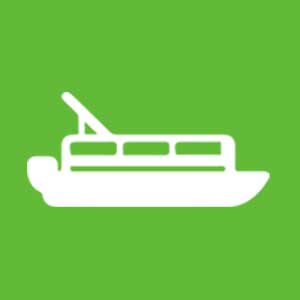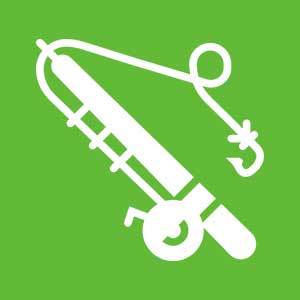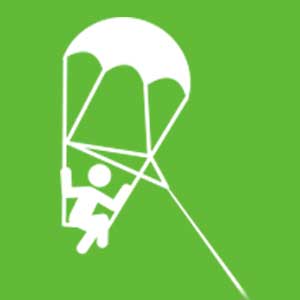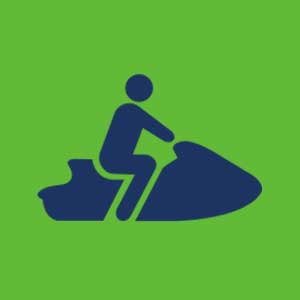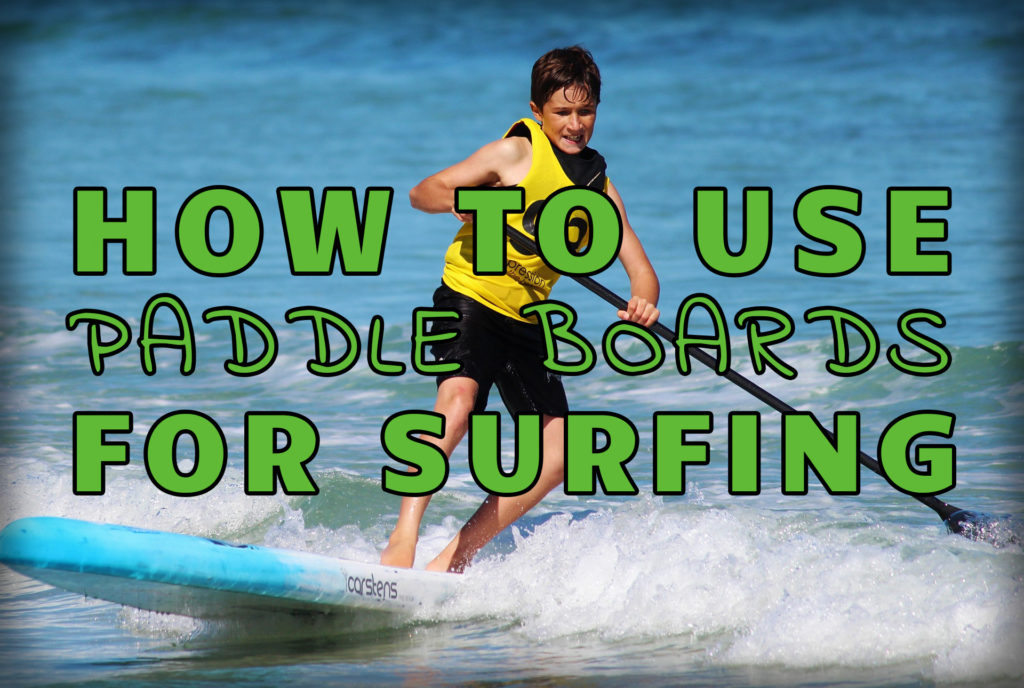Paddle boards are one of the most popular items rented by people taking a vacation to Panama City Beach, so why miss out on all the fun you could be having? This guide is intended for absolute beginners, so we’ll be going into the best ways to initially get on and stay balanced while paddling, then get into the actual surfing! Standup Paddle Board Surfing (SUP) is an incredibly fun time, so let’s get into it!
How to Standup on Your Paddle Board
In order to standup, you have to find your balance. There are two main ways to get comfortable balancing on your boards: in shallow water and in deep water. Which method you choose depends on your existing ability to balance. If you have good balance, its recommended to start in shallow water, since if you start to fall you can easily step off into solid sands. If you have poor balance, deep water is recommended so that if you do fall, there’s a reduced chance of injury due to the deep water serving as a buffer to the hard bottom.
Once you’ve chosen your preferred approach, you can begin the process learning how to standup. First, make sure if you’re in the shallow, that the tail isn’t dug into the ground. If it is, you risk snapping it once you stand put more weight onto it. Second, you want to position yourself so that you’re laying on your stomach flat on the board, with your head facing the front. If you’re having trouble getting onto the boards, try floating flat next to it, then boarding by sliding it under you from the side. Third, you want to position yourself to your knees. To save yourself some balance problems in the future, make sure you stand near the front, and your feet are in the proper spots. For the final step, you want to comfortably stand up. If you’re in the shallow, it may help to use the paddle to balance yourself by anchoring it in the sand initially. Paddling from here should come naturally, as the balancing is the most difficult part!
If you are struggling to stand while boarding, try paddling just from your knees for a while. You’ll soon become used to the movements needed for your core, creating muscle memory for half of the balancing needed (with the other half coming from your legs.) Don’t forget that the paddles and rentable accessories may help out greatly with you learning how to standup if you use them right!
How to Find the Best Surf Spots
Now that you have a hang of balancing while boarding, lets get onto surfing! But how do you go about choosing where to go? Here are some of the best methods to find out where to head to:
1. Ask local surfing shops where to go.
If you’re on vacation, odds are you’re not bringing your own boards anyway. Why not simply ask the people you’re renting from where they recommend surfing at? They’re likely all local surfers anyway.
2. Take a drive down the coast and see where everyone is gathering.
It may seem like common sense, but the locals really know the best spots! Look for where you see surfers paddling, then be friendly and follow their lead!
3. Enjoy the beach yourself!
Especially if you’re in Panama City Beach, you can’t avoid taking a walk down the beach of the Emerald Gulf. Why not do this the first day of your stay, and get an idea of where you want to go for the rest of your trip?
How to Surf with Your Paddle Board
Onto the fun part, joining other surfers out in the Gulf! Once you’ve got your balance down and a great surf spot scouted, there’s some tips you’ll need to get surfing. First, it doesn’t seem to matter whether you have a solid or inflatable board to stand on, so don’t worry about choosing between them! Second, depending on the intensity of the waves, you may want to consider paddling out while laying on your stomach. If you’re a bit more experienced, you could probably get away with kneeling or even standing, especially with low intensity waves. Third, get out to where the waves tend to start to break, and face the shore at a slight angle. Make sure not to get in the way of other surfers, who will also likely be in the same spot. You’ll also want to move your feet backwards a bit off from their standard forward position when anticipating you’ll catch the right wave. Finally, you’re ready to drop in! Wait for a wave to break where you are and start paddling into it to catch it. Once you get going, you can use the paddles as assisting rudders while going down the wave. This is where all the fun begins!
Now that you know the basics on how to surf while boarding, all that’s left is to head out and do it! Some extra things you may want to consider when getting started is to consider those around you. Try not to catch other people’s waves if they’re closer to the wave’s break, and be wary not to crash into someone else if you do happen to both catch the same wave. Most surfers are friendly, just be courteous! If you happen to be visiting Panama City Beach, make sure to drop on by and say hi to us at FunPCB, we’ve got tons of accessories for surfers and can help you even further if you need it!

